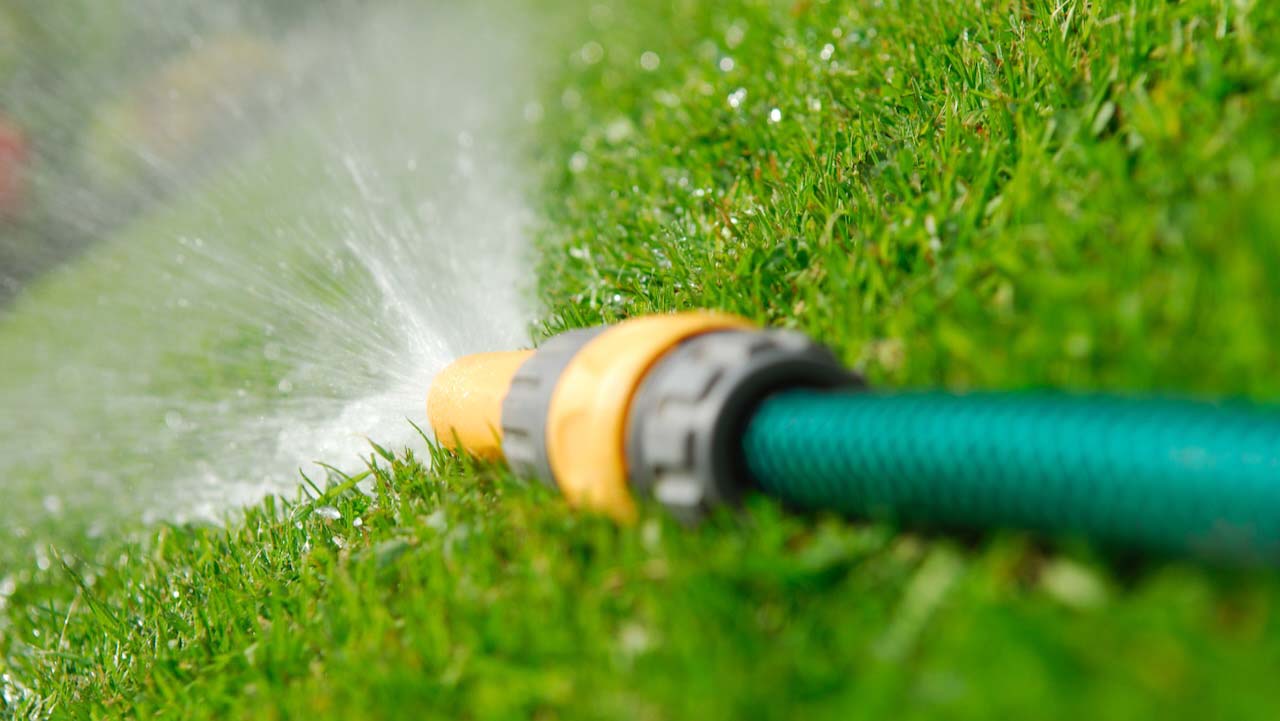
It's likely, whether you're a keen gardener or not, that your first instinct once the temperatures increase is to go outside and water your drooping foliage and yellowing grass. But you could be making a big lawn watering mistake.
We spoke to Steve Morgan, gardens and outdoor manager at the National Trust's Tredegar House in Newport, south Wales. Time and again, Morgan has seen well-meaning gardeners destroy their lawns by making a simple watering error. So before you grab your can or hose and give the grass a sprinkle, be sure not to make the same blunder.
Grass consists of up to 90% water, and when there's a long spell of dry weather, it may start to appear less lush and green. But while you may think you're doing right by your thirsty lawn by giving it the occasional drink, be careful not to go in for half measures.
"If you are going to water your lawn, you need to water it thoroughly," warns Morgan. "That doesn't mean sprinkling the top of it to make it damp, because that's not going to help the lawn in any way, shape or form.
"You need to give it a good soaking so that you penetrate down to the root layer, especially if the ground has been drying out and hardening up for a while. In hot conditions, that means you are going to need to water it for quite some time."
To give your lawn the thorough soaking it needs, you're going to need to give it far more than a few minutes' worth of water. "For your average domestic lawn, I'd expect someone to spend at least 20 minutes and possibly up to 45 minutes watering the grass to make sure that water is getting to the roots where it's needed," advises Morgan.
Giving your grass some water – but not enough – can cause the blades to die back.
"What you don't want is to just water just the top few millimetres of soil, because there is potential for the grass roots to turn up and grow towards that water," Morgan explains. "What can then happen is that the roots get scorched off, and your grass will die. You'll end up losing the lawn, when you thought you were giving it the best chance of survival."
Morgan's key takeaway? "Water thoroughly – otherwise it's actually better not to water at all."
Follow this advice for a greener garden
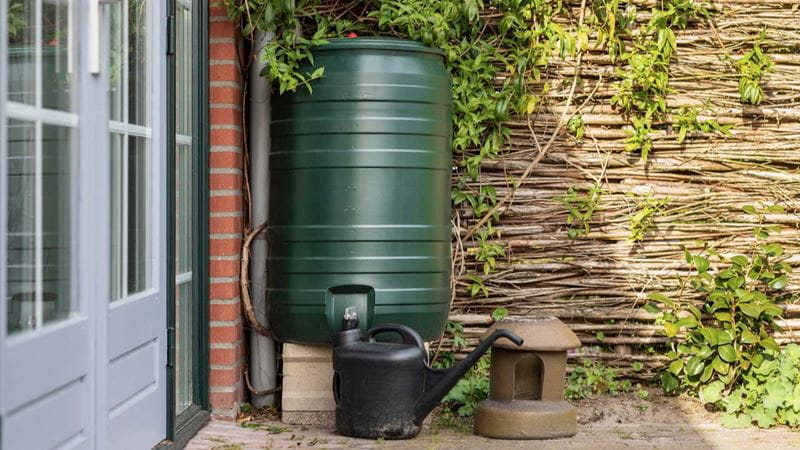
Where possible, it's best to use harvested rainwater on your lawn, rather than a sprinkler connected to the mains. This shouldn't be a huge surprise, since rainwater is filtered naturally through the clouds, whereas treated mains water tends to be chlorinated.
According to the RHS, “Rainwater is better for your plants as it often has a lower pH. The minerals that are sometimes found in mains water, especially in hard water areas, can raise the pH of your root zone, which can affect the nutrient availability.”
"How can I give my lawn a good soaking from a static supply?" we hear you ask. Well, manufacturer Hozelock has created water butt pumps specifically for this purpose. Unfortunately though, for larger lawns, it's likely you'll need to use a combination of rainwater and mains water to deliver the volume of liquid your grass needs.
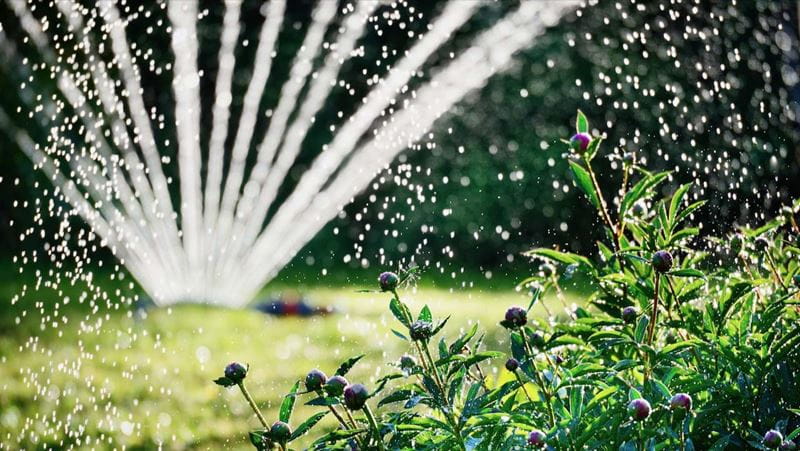
While you may think there's nothing more refreshing that a cool drink in the midday sun, your lawn won't agree. That's because much of the water you apply will simply evaporate off the top of the soil as soon as it makes contact. It doesn't stand a chance of getting down to the roots, where it's needed.
In his guide to watering effectively for BBC Gardeners' World, Alan Titchmarsh advises: "The best time of day to water? Best really in the evening. Then you know the sun is going down, and the evaporation won't be quite so rapid."
If you follow all our tips but your lawn still goes yellow or even brown, it's not necessarily the end of the world (or your grass). Provided the lawn is well established and has a healthy root system, this change of colour should be nothing to worry about.
"Even well-kept lawns tend to go brown in hot summers,’ says Mick Lavelle, a senior lecturer in horticulture at Writtle University College. "If this does occur, fear not; your lawn is just resting and will green up once autumn rains arrive."
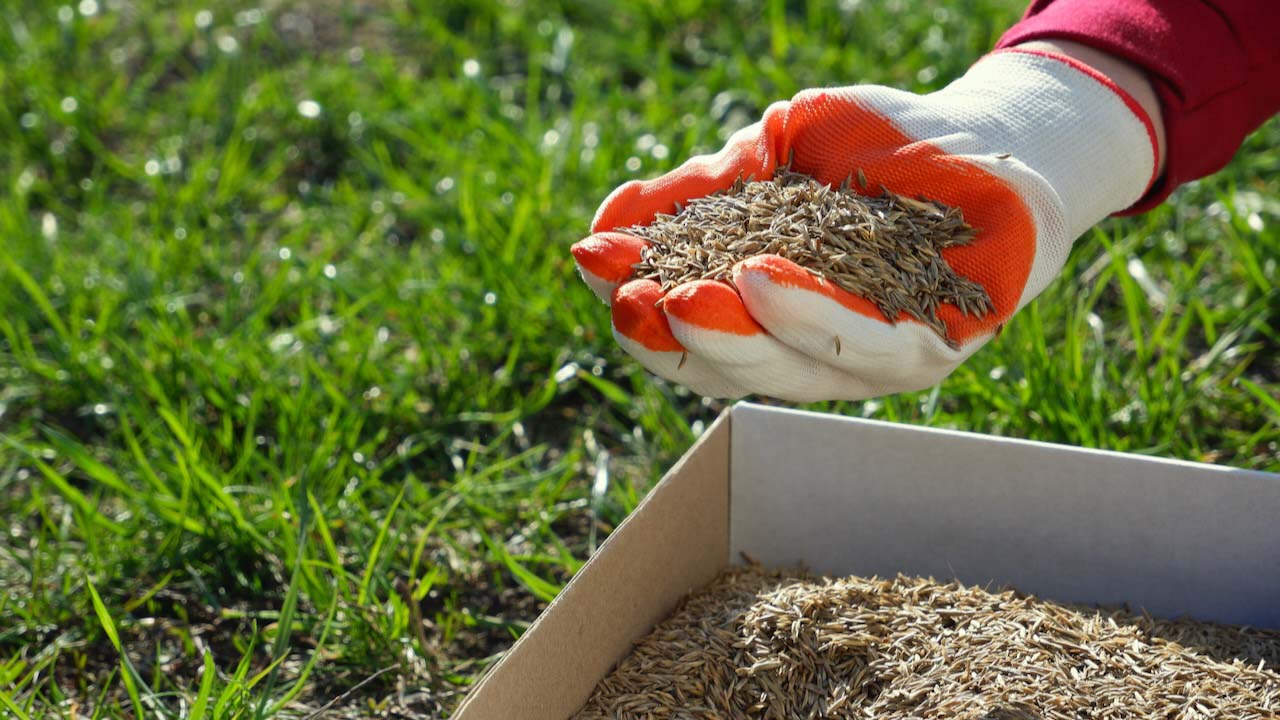
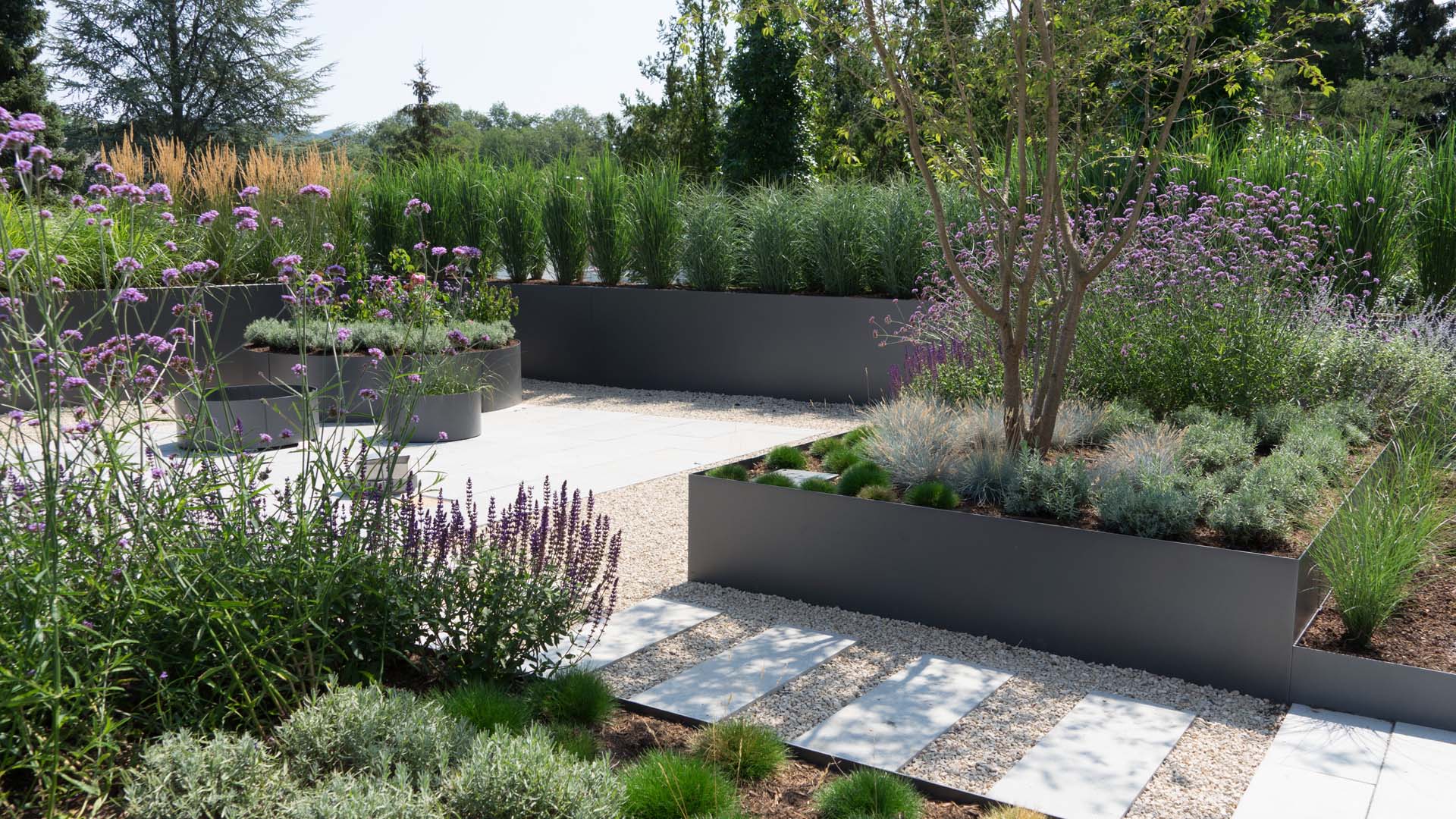
Love your garden, but don’t have enough time to look after it? We’ve got many ideas to reduce your work load.

We explore the benefits and downsides of installing artificial grass in your garden, with advice on whether or not it’s safe for pets.

You may think you're doing the right thing, but this lawn-watering mistake could be fatal